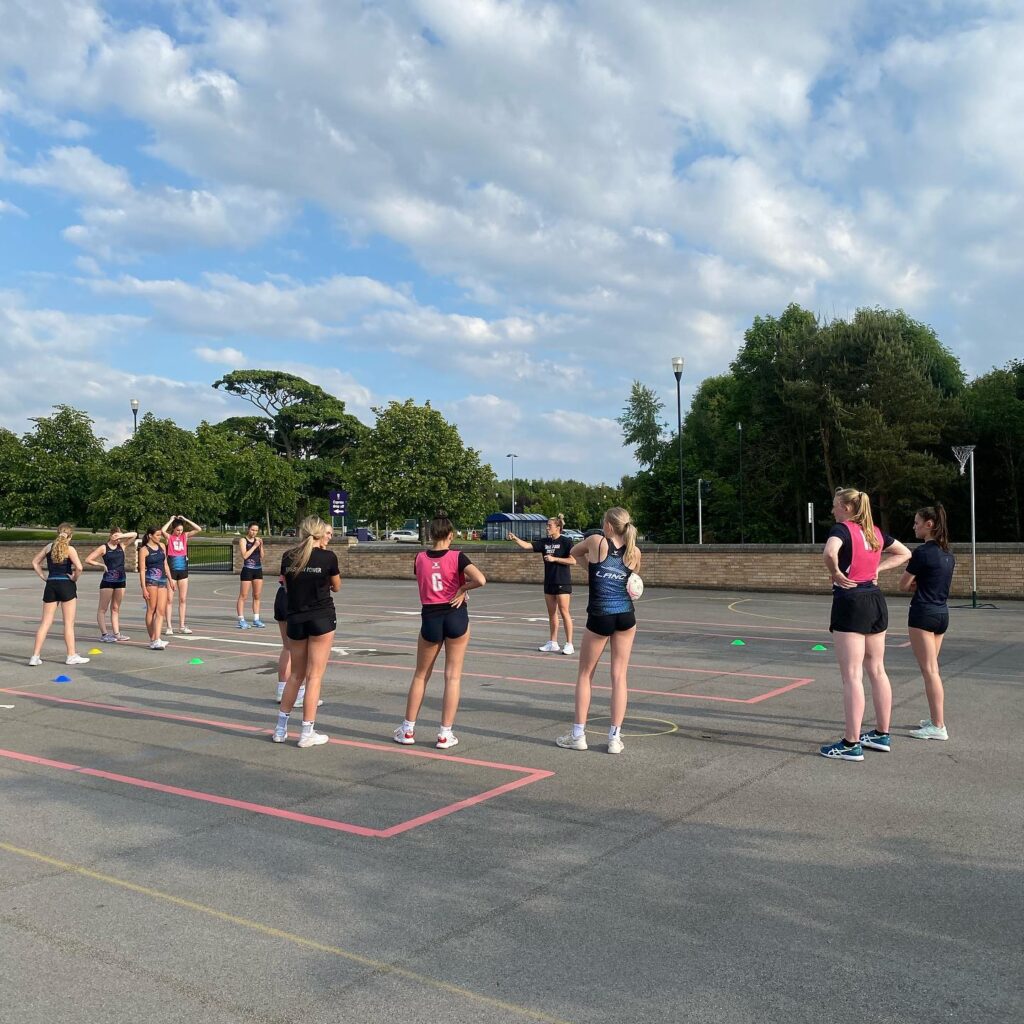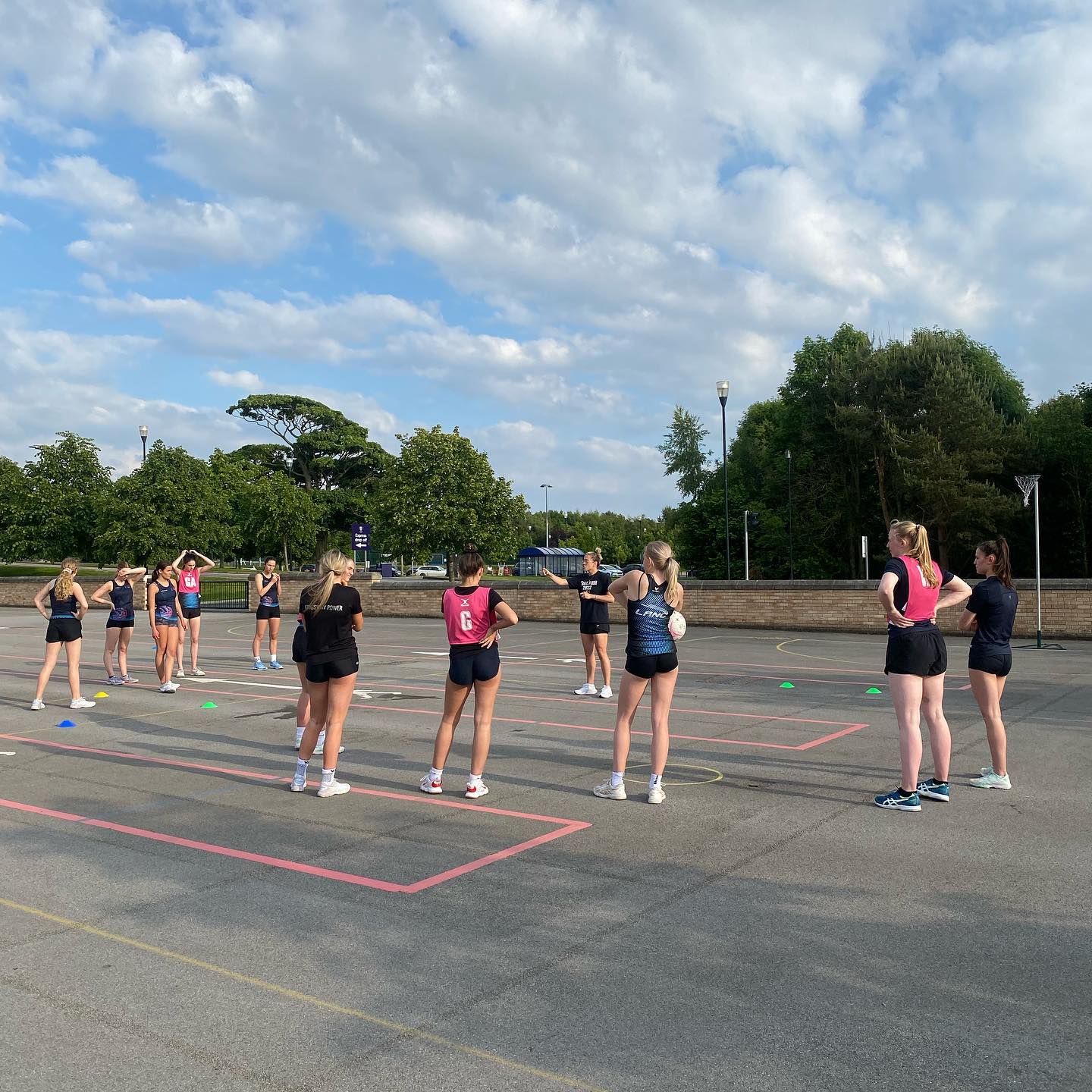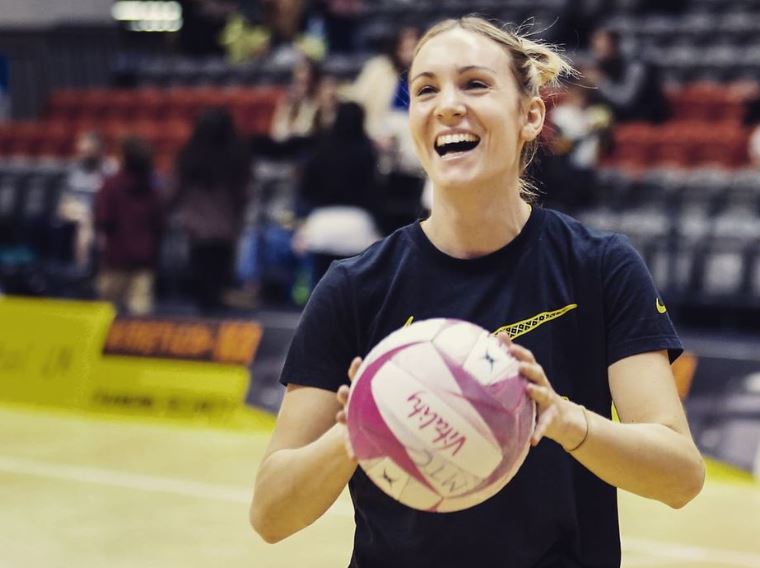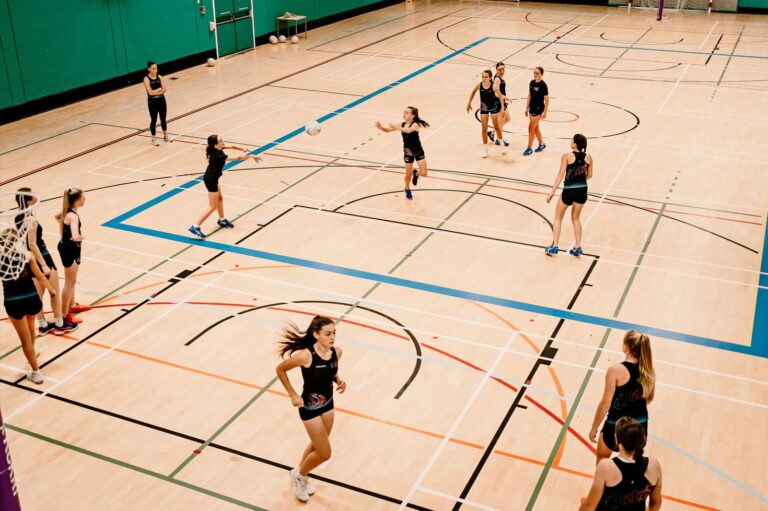Centre Pass Netball – by Nat Panagarry
A centre pass in netball is a great opportunity for your team to take control of the play and gain an advantage over the opposition. A properly executed centre pass attack can provide quick passing and effective movement which eliminates a lot of passing risks. It can allow your players to find space easily and lead to scoring goals quickly and effectively.
Some coaches have a set amount of structures that are used every time, while other coaches are happy for the players to take the lead based on situations throughout the game. Personally, I think neither way is right or wrong. Both strategies rely on the principle that all players on the team know what is happening and their individual roles.
In this article:
More in our centre pass series:
- Centre pass defence strategies
- Centre pass attack strategies – Member’s Area exclusive – join to access

Making the most of your centre pass in netball
A centre pass attack is a wasted opportunity when you see players jog up to the line on a centre pass and do their own thing. Inevitably this will work now and again but if you really want to push players and get the best out of them, providing a good centre pass structure can help their game move to the next level.
Having a structure or group understanding will stop players from driving into each other’s space and will avoid frequent backwards or sideways passes. It will also help players recognise when their teammates are struggling to get free to receive the ball to identify when they need to step up.
Here are a few netball drills, structures and ideas to help your team feel more confident when executing centre passes.
Centre pass drills
These drills will help your players practice the basic positioning and angles that they will need if they’re to attack from the front effectively.
Getting free – 1 v 1
This is a good opportunity for players to practice good attacking basics and get used to the work rate needed to get free when there are no other options.
Players: 1 feeder, 1 attacker, 1 defender
This is a classic drill and involves the attacker taking on the defender in a variety of ways. Simply set up with the feeder a couple of metres in front of the defender and attacker. The attacker is trying to get to the middle space using a variety of ways to get free – change of direction, change of pace and rolls.
Add technicality by having the feeder face the other way. When the feeder turns that’s the signal for the attacker to GO!

OFFERS DRILL
1 feeder, 2 attackers – progression you can add 2 defenders so this becomes a 2 vs 2
The two attackers offer in different spaces – whoever doesn’t receive the 1st pass gets depth and a driving ball for the 2nd pass.
We’re looking for players to be aggressive with their movement and take on depth down the court
Add defenders – make sure you still have two offers on the 1st pass from the feeder. Players can start already driving for the 2nd pass and end up in the space too early which is easier for the defenders. Or because defenders have been added they stop attacking hard down the court and cutting back up away from their shooting circle.
Keep reminding players to take on depth and their opposition defenders as this can create space for their teammates when the full team is on the court.
3 vs 3 to goal
Use 1/2 of a 3rd, work towards the shooting circle
Players: 3 attackers vs 3 defenders
Attackers start with the ball on the transverse, all attackers stand on the line, with 3 defenders set up in front.
Attackers work together to bring the ball down the court. Using all the space provided and taking on their defenders. If they have a shooter in the 3, they can go to goal.
Possession is important in this drill and keep reminding players constant work rate and efforts are necessary to keep the ball and take to a goal – just like in a game. This helps replicate a centre pass set-up as players are working in a small area with strong defensive pressure.
Key coaching points – communicate early and on every centre pass
On-court talk between teammates should be encouraged as early as possible. The sooner you can get your players to begin communicating and helping each other on the court, the better and more effective they’ll be as a unit.

That all starts with centre passes. I think the WA should be leading the centre pass structures. They should be communicating as early as possible to the GA (as they are running back to the transverse line quickly talking or signalling to each other after a goal is scored) so that they both know what they’re setting up.
This should help avoid both players driving for the same pass into the same space and also help the rest of the team know what’s happening.
The WD and GD at the back can see the set-up and will know their roles. If the WA is not confident in calling the shots and dictating which centre pass the team will run, there’s nothing wrong with a GA leading this. If they’re the more assertive or confident player out of the two, they can lead the centre pass line.
Prelim movement on the centre pass – do the work off the line
“Start now or work hard.”
You hear a lot of Superleague coaches shout this to players. If there’s one sure way to kill a centre pass it’s standing still and trying to drive out over the line. You sometimes see players doing this and if they are quick this will get them so far to a certain extent. However, as the game goes on this will stop working as it becomes predictable to the defence.
The WD and GD will start setting up on the inside and players will spend the entire quarter driving wide and having passes tipped or intercepted before they reach them. So, encourage your players to start their preliminary movements or structures a metre or two BEFORE the transverse line. This will get their opponents moving and help open up space when the whistle goes and they make their drive for the ball.

I hope these Centre pass structures and strategies help give your players more confidence on the court.
Nat







